Posted on 3/2/2017

Here are a list of car trouble symptoms: Does your car cut out, detonation,dieseling, hesitation, miss, rough idle-slugglish, spongy stall or surges. So cutting out means you have a temporary or complete loss of power. Your engine quits at irregular intervals. it may occur intermittently, or usually under heavy acceleration
Posted on 2/13/2017
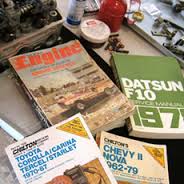
Service Manual. If you don't have a Service Manual for your vehicle we recommend ordering one, if you plan to keep your vehicle it is a smart investment. Knowing when service should be done for your vehicle helps to keep it well maintained. I looked online and you can purchase the manual or you can purchase the following: ----Body repair manual ----Electrical troubleshooting manual ----Owners manual ----Shop/service Information Being educated on what your vehicle needs and when and getting it done in a timely fashion will help your car live to a ripe old age, running well as you age together
Posted on 1/25/2017
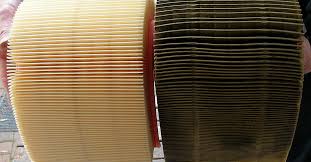
CHANGING AN AIR FILTER“How often should my cars’ air filter be changed?” One important item to remember to change is your Vehicle’s air filter. What an air filter does is eliminate dust and grit from entering into the intricate workings of the internals of your car or truck’s engine. When you bring your vehicle in for it’s regular Oil Change, we check all your filters and let you know how they look, if they need to be changed or not. It’s always good to check your cars’ manual, but it also depends on your driving habits, most say 15,000-30,000, if you don’t drive al lot replace after 3 years because it does become brittle with age.
Posted on 1/23/2017
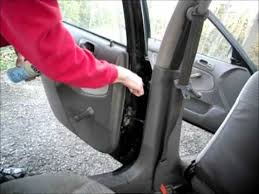
Lubricating Door Latches This is an easy one that you can do...have your doors been driving you crazy because they squeak? This doesn't particularly extend your cars lifespan, but you won't feel like nails on a chalk board!!! Using a good spray lubricant-graphite-you can get at a hardware store. Or, when you are in for your regularly scheduled oil change, we can do it for you and save you a trip
Posted on 1/20/2017
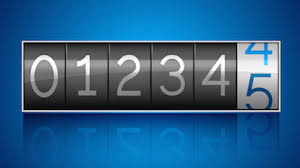
We are now a year later for checking out your Vehicle here is the list(always remember to check your vehicles manual for exact mileage). Check every 12 Months/ 12,000 miles Automatic Transmission Fluid Battery and Cables Belts Brakes Cabin Air Filter Chassis Lubrication Dashboard Indicator Light On Coolant (antifreeze) Engine Air Filter ... read more
Posted on 1/19/2017
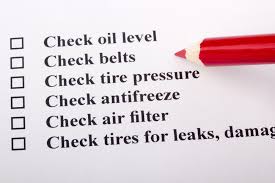
So, it's 6,000 miles later and here are some items to get checked out for your vehicles safety(remember that you should double check what your owner manual says). Check Every 6 Months/6,000 Miles Automatic Transmission Fluid Battery and Cables Belts Chassis Lubrication Dashboard Indicator Light On Engine Air Filter Engine Oil &nbs ... read more
Posted on 1/17/2017
.jpg)
Going thru our Maintenance Schedule, here is what you need to get checked every 3 Months/3,000 miles (always double check your manual for their schedule) Check Every 3 Months/ 3,000 Miles Automatic Transmission Fluid Battery and Cables Belts Dashboard Indicator Light On Engine Air Filter Engine Oil Exhaust Hoses Lights Power Steering Fluid Tire Inflation and Condition Windshield Washer Fluid
Posted on 1/17/2017

So, it's 6,000 miles later and here are some items to get checked out for your vehicles safety(remember that you should double check what your owner manual says). Check Every 6 Months/6,000 Miles Automatic Transmission Fluid Battery and Cables Belts Chassis Lubrication Dashboard Indicator Light On Engine Air Filter Engine Oil &nbs ... read more
Posted on 1/17/2017
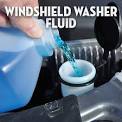
Ever wonder with your car if you kept an eye on your Maintenance what that would look like? Well, over the next week, I will be blogging by mileage what your vehicle will need(always check your cars manual because some vehicles are different) Check Frequently Dashboard Indicator Lights On Lights Tire Inflation and Condition Windshield Washer Fluid Engine Oil Level
Posted on 1/9/2017
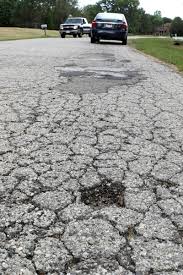
Being a severe driver. Whether it’s stop-and-go traffic, extreme weather, rough roads or heavy loads, it can sometimes be difficult to limit severe driving conditions. However, you can drive smart and improve fuel economy by observing the speed limit; avoiding aggressive driving, including quick starts and stops; not hauling unnecessary items; and keeping your vehicle properly tuned. Drive Smoothly: braking and accelerating hard, you use more fuel, it also can wear the tread on your tires faster. Take it easy when you accelerator and stop. Let your car warm up: especially on our cold mornings, when you go without warming up the car oil is thicker and that makes it more difficult to move around in your engine, putting a strain on the parts of your engine, it will wear quicker. Drive light: If you are carrying a heavier load it will consume more gas. Also if you have a load that is more than your car can handle, the engine runs out faster. What are your driving conditions? Whe ... read more